curlews
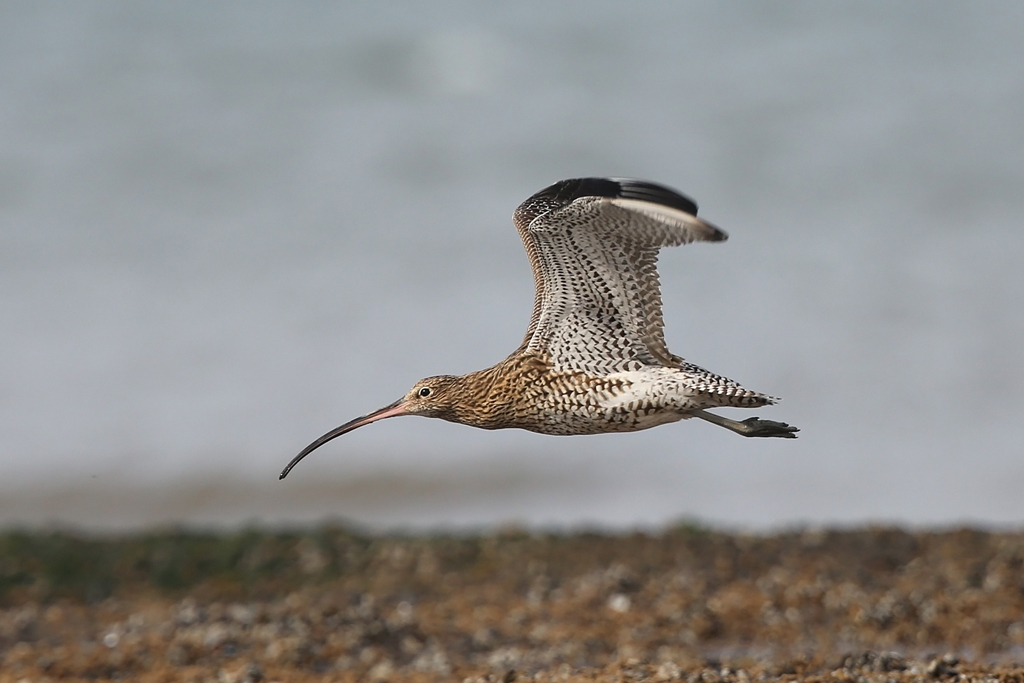

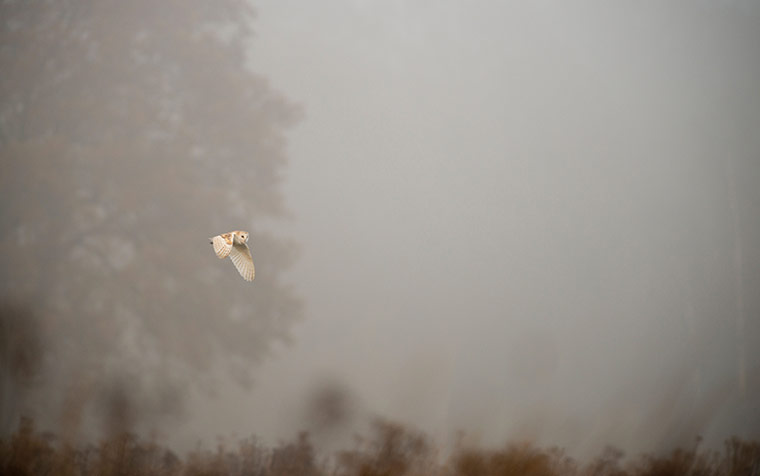
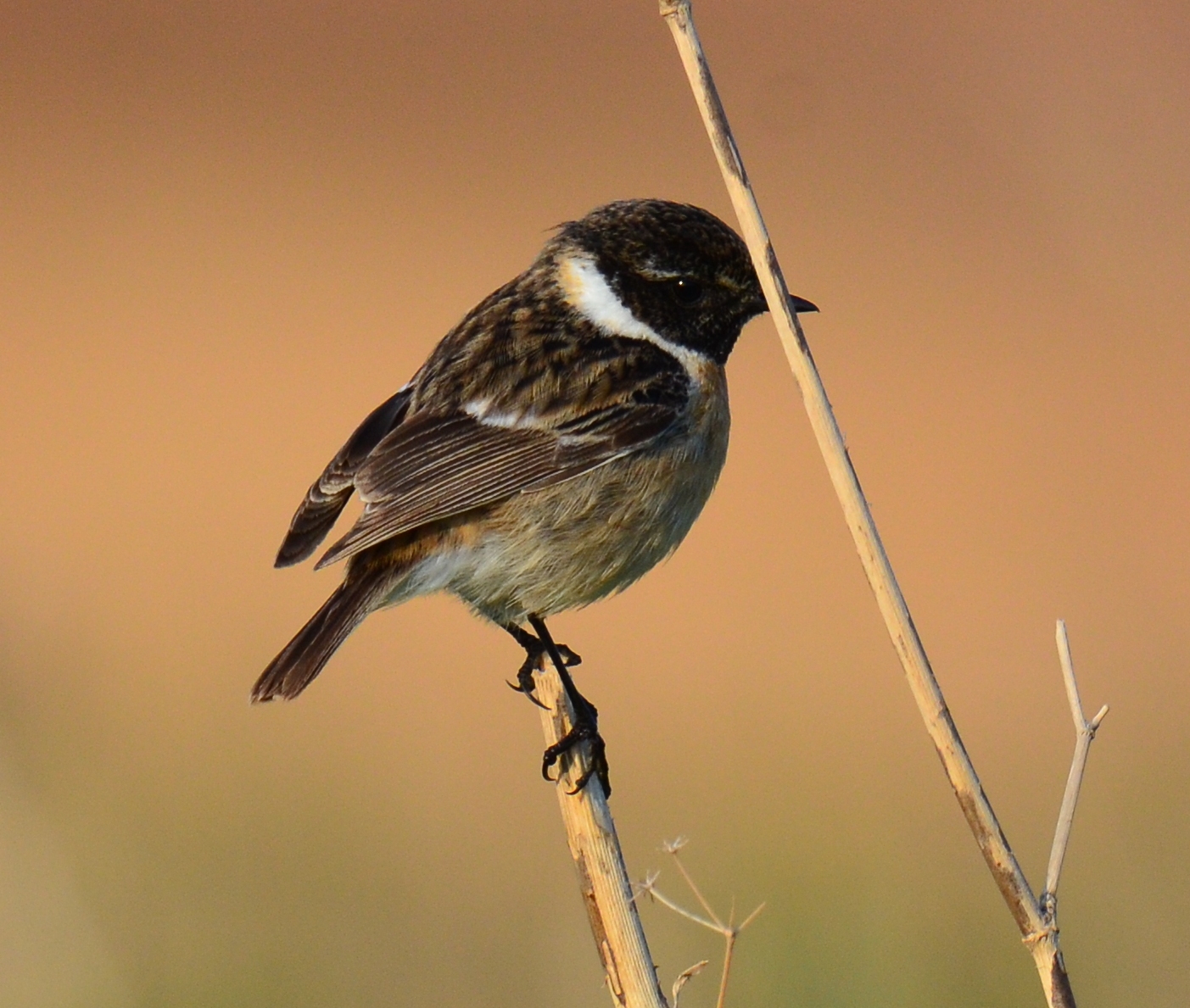
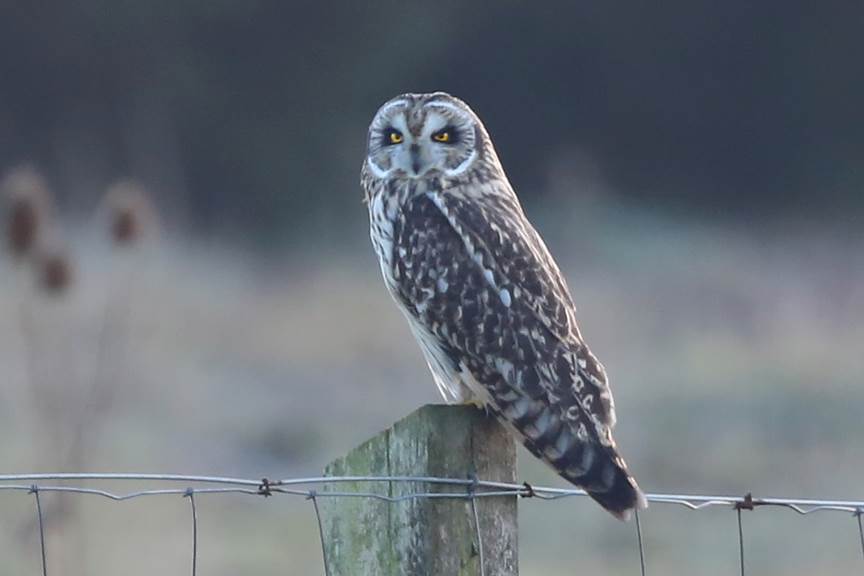
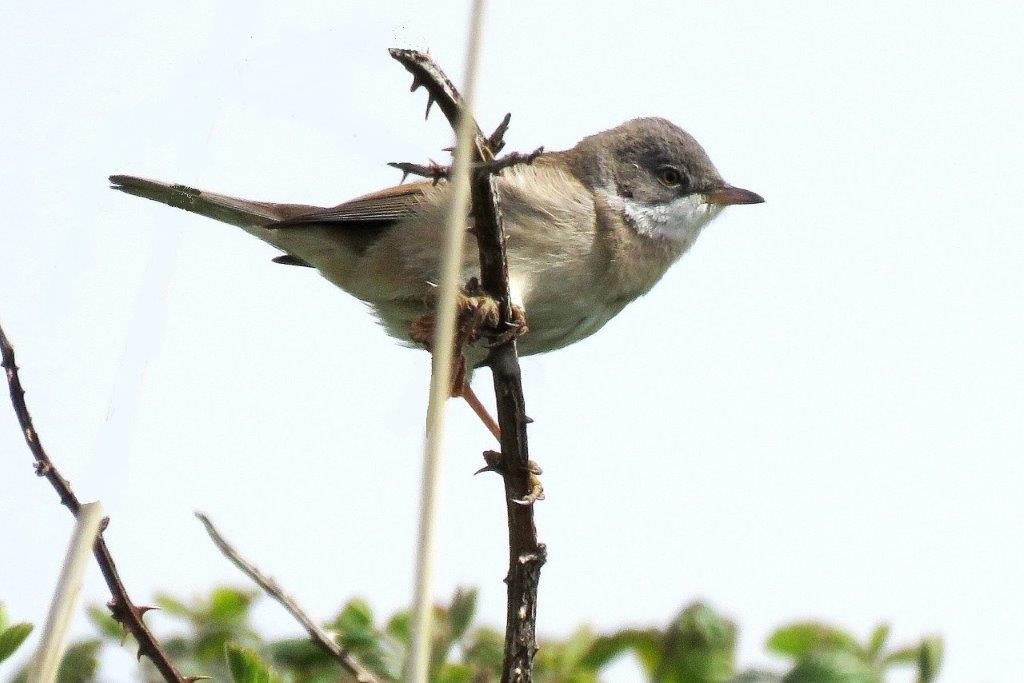
Who are the world’s greatest architects? You might nominate the builders of such iconic ancient structures as the Great Pyramid of Giza, the Taj Mahal and the Parthenon, or perhaps modern celebrity-architects like Le Corbusier, Norman Foster and Frank Gehry conjuring up their breath-taking confections of steel and glass. All extraordinary feats of engineering and imagination on a massive scale.
I’d nominate a bird, though. Quite a common one, and very small –weighing just ten grams (about the weight of two sheets of A4) and only 14cm long (of which more than half is its tail). There’s the clue: a long-tailed tit. You can often see loose parties of them in winter flitting through the hedges and trees to work the vegetation for tiny insects and spiders, all the while keeping contact with their family flock through soft, conversational zupp calls and little trills. They are becoming common garden birds too, clustering round the bird-feeder like a fluffy feathered jacket. Their nests are usually very well concealed, deep in blackthorn or hawthorn hedges to protect them from predators, but if you ever come across one it is a thing of great beauty. They construct them from the finest materials – mosses, lichens and feathers (some 1,500 of them in a single nest), all bound together and secured by filigree strands of spiders’ silk. Just imagine sewing with thread from a spider’s web – and using only your mouth. The nest is designed in the form of a perfect oval-shaped dome, with a small entrance hole near the top. It has to satisfy the most stringent building regulations: well insulated enough to maintain a constant temperature for the eggs and young; porous enough to keep the air fresh; capacious and strong enough to hold the female brooding a clutch up to twelve eggs for a fortnight; and then flexible enough to later accommodate the bare, struggling nestlings as they take about another fortnight to grow and fledge. All this done from instinct and at high speed, with no construction manuals, consultants, specialist assistance or tools.
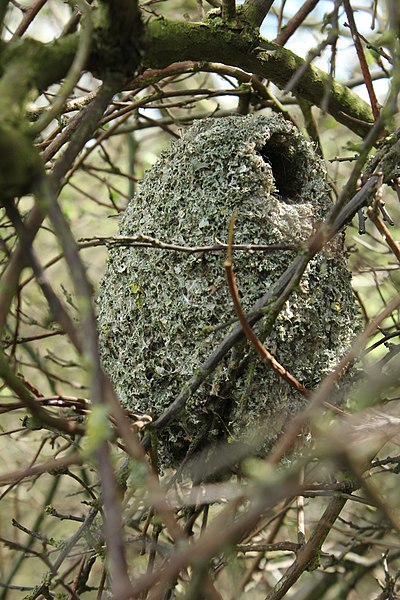
No wonder some of the old country names for the long-tailed tit reflect this remarkable architecture: bum-barrel, bush oven, hedge jug, pudding bag and jack-in-a-bottle. What is even more amazing is that the nest is only occupied for a single season and when the autumn and winter storms come it will be shredded and destroyed. It’s a work of exquisite natural art designed to fulfil its function just once and then to be replaced and newly constructed again the next year. Its only permanence comes from this annual re-creation from the template in the bird’s brain. Surely the winner!
Jeremy Mynott
2 April 2024
It was once all so simple. For centuries people had a pretty good idea of what weather to expect each month and this knowledge was distilled into innumerable country sayings and poetic images. We had mad March hares, April showers, May flies, flaming June and in September we moved gently into the ’season of mists and mellow fruitfulness’. Climate change has undermined some of those familiar associations, however, with unseasonal floods, storms and rising temperatures. It has disrupted the related life-cycles of wildlife, too. Daffodils still ‘come before the swallow dares’, as Shakespeare put it, but they are now as likely to start flowering in February as in March; while the swallows will later struggle to find enough flying insects to catch.
It isn’t all change, though. There is another huge factor, as well as the average temperatures, controlling these seasonal cycles. That’s light. Sunrise and sunset times will remain the same on 1 March 2024 as they were on 1 March in Shakespeare’s day (give or take a minute or two, for tiny variations in the earth’s orbit) and many natural phenomena like bird song are governed by those triggers. The dawn chorus of birds is one of nature’s great wonders. From February onwards you can hear it slowly building, both in volume and variety, as one by one the different species join the swelling orchestra of mingled voices.
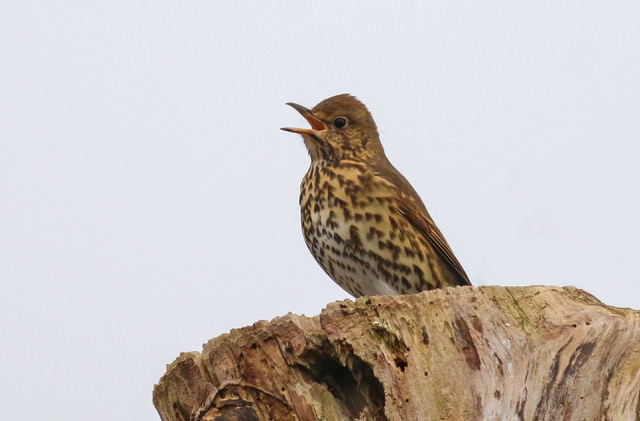
The first species to form the choir in February usually include the robin, wren, great tit and dunnock, supported by great spotted woodpeckers in the percussion section. But my favourite of these pioneering heralds of spring is the song thrush, ‘the throstle with his note so true’ (Shakespeare again). There is a clarity, boldness and confidence in its evangelistic mode of address – usually delivered from some prominent pulpit on a house top or tree – which immediately lifts the spirits and reassures you that, yes, the magic of another spring will soon return.
Part of its musical effect comes from the bird’s repetitions on a theme, as Robert Browning noted in his famous poem ‘Home Thoughts from Abroad’:
That’s the wise thrush; he sings each song twice over,
Lest you think he could never recapture
The first fine careless rapture.
And just as the song thrush leads the dawn chorus, so it is often the last bird singing in the corresponding dusk chorus, which is the more muted but equally moving evening performance. In his ‘Darkling Thrush’ Thomas Hardy recalls one that even in midwinter ‘flung his soul upon the growing gloom … in Joy unlimited’, as if it nursed ‘some blessed hope, whereof he knew/ And I was unaware’.
That was the hope of another spring, surely.
Jeremy Mynott
29 January 2024
The great eighteenth-century man of letters, Samuel Johnson (‘Dr Johnson’) always made the same New Year’s resolutions:
I generally attempt the last one at least, but I then get absorbed in reading my old favourites as soon as I pick them up to re-arrange them. My first real book was a bird guide, Edmund Sandars Bird Book for the Pocket, which I think my parents acquired as a ‘damaged copy’ from the local library. It certainly became damaged quite quickly, as I engaged with it in every way that a five-year old can – smeared, scratched, torn, licked, crumpled, scribbled on and lugged around as my constant companion, indoors and out (especially out). It was my bedtime reading of choice and I made my mother recite it to me endlessly, intoning the potted descriptions of plumage, behaviour and distribution until we both had them off pretty much word perfect. There was not much narrative flow in this, however, so my mother often fell asleep before I did …
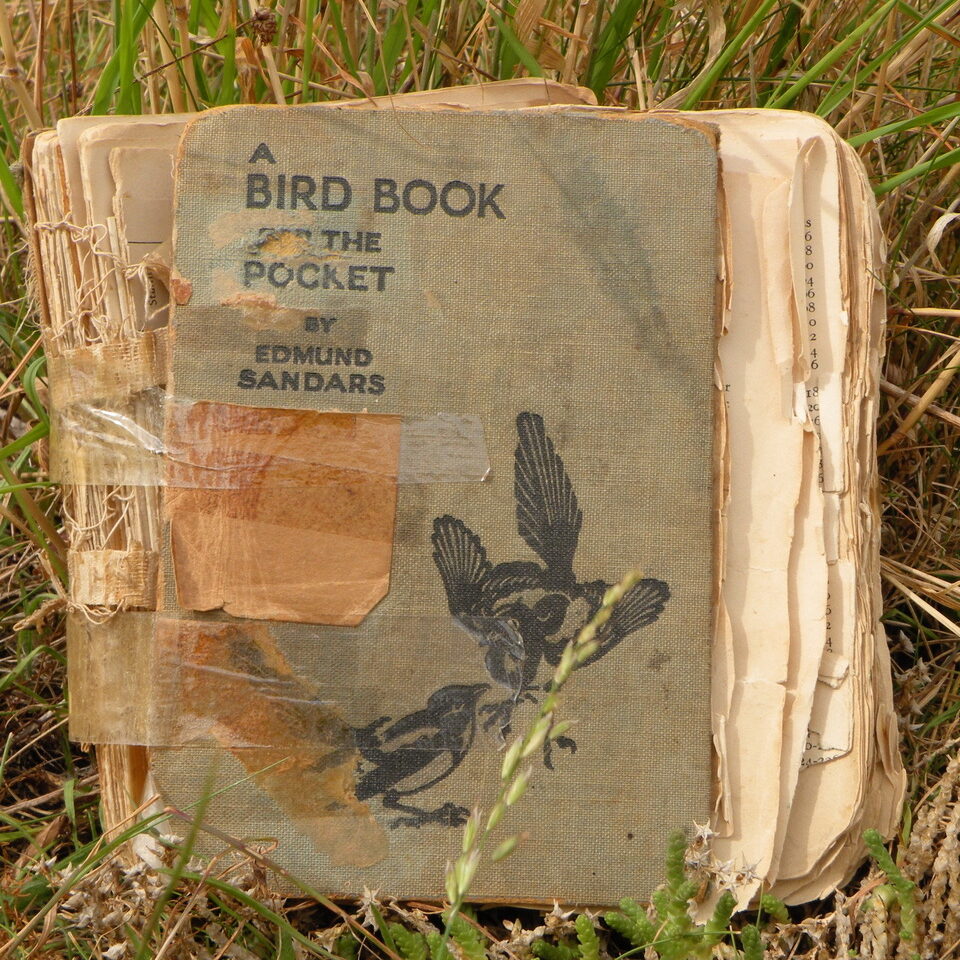
I still remember snatches of the text:
Green woodpecker. Manners: has a strong pungent smell, energetic, watchful for enemies when boring, dodges behind trunk. Long, barbed, protrusible, sticky tongue. Never climbs downwards. Sometimes takes two or three backward hops.
I probably misunderstood this nice use of ‘manners’ (habits), and of course I had no idea what the thrilling word ‘protrusible’ meant. Nor have I ever seen a green woodpecker hop backwards. No matter, how could one fail to be enchanted by a world that had such creatures in it. This was a true guide – not a mere book of instruction but my way into the natural world of wonders all around me that I was learning to discover and describe for myself.
I still have my Sandars, just about held together by decades of glue, sticky tape and devotion. Books can do this to you. Jane Eyre, in Charlotte Bronte’s novel, would at the age of ten retreat behind a curtain in the drawing-room to read her favourite bird book, Thomas Bewick’s History of British Birds. She became absorbed in his wonderful woodcuts and illustrations, which fired her child’s imagination: ‘Every picture told a story; mysterious often to my undeveloped understanding and imperfect feelings, yet ever profoundly interesting … With Bewick on my knee I was then happy: happy at least in my way. I feared nothing but interruption.’ A lovely last line.
Buy a child a bird book.
Jeremy Mynott
5 January 2024
The call is unmistakeable. A harsh, grating chak-a-chack chack as a stocky, long-tailed thrush, or more likely a small flock of them, rises up from a field or from the hedges where they have been feasting on the autumn bounty of hips and haws. Fieldfares. We often associate birds with particular seasons and times of year – the first cuckoo of spring, the skylark pouring out his heart in high summer, and the swallows gathering on the wires in early autumn. For me, the fieldfare’s chattering call – like a piece of rusty agricultural equipment – is the sure sign that winter is really upon us. Their arrival in East Anglia often coincides with the first influxes of cold air from Scandinavia, and it’s hard not to think of them as Viking invaders, come to plunder our rich native berry stocks. They usually arrive in company with other ‘winter thrushes’ like redwings and continental blackbirds and song thrushes, but the fieldfares are the largest and most dominant of these. They are a slightly paradoxical combination of shyness and boldness. They are easily alarmed by any human approach and before you can get close they tend to rise up in a loud clacking flock, flashing their silvery-white underwings. They’ll then perch warily high up in a tree, where they all face in exactly the same direction rather than distributing themselves in a random pattern, as most other birds do, before suddenly taking flight again with a further volley of alarm calls. Maybe this nervy anxiety is some sort of biological folk-memory from Victorian times when roasted fieldfare was a highly regarded amuse bouche for gourmet dinners and the birds were hunted and shot in large numbers.
By contrast with this apparent timidity, fieldfares are fierce in seeing off much larger birds like crows and birds of prey, which they buzz and dive-bomb in formation. On the ground, they also bully smaller birds competing for the same food supplies. In really hard weather they’ll come into orchards and even into our gardens to gorge on the fallen apples and you can watch them driving off blackbirds in a flurry of aggressive short-range assaults. When you see fieldfares close-up like this they are very handsome birds, with a grey head and rump, a reddish-brown back and a prominent arrow-head pattern of markings running down the chest. Chaucer called them ‘the frosty fieldfares’, which neatly connects both their time of arrival and their physical appearance. That description also catches something of their robust defiance of wintry weather. It’s their time of year and they know how to handle it.
Jeremy Mynott
3 December 2023
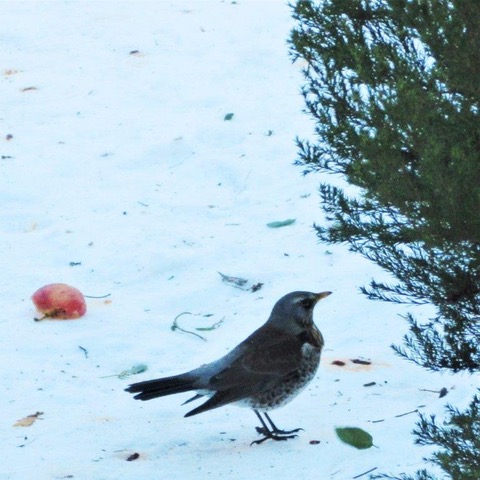
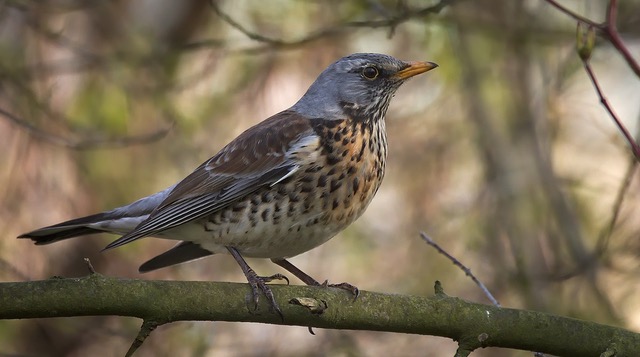
It’s a quiet time of year in the woods. You can sometimes ramble through the rides for quite a while before coming across a single bird. But sooner or later you’re likely to hear a harsh cry, rather like the tearing of an old piece of linen. Watch closely and you may spot a plumpish, pinky-brown bird about the size of a jackdaw swoop on floppy wings from one side of the track to the other, flashing a conspicuous white rump. If you get a closer view, you’ll see the bold black moustache and a splash of azure-blue on the wings. It’s a jay, a common but shy member of the crow family.
They have reason to be shy. Game-keepers have often regarded them as a threat, though jays are in fact vegetarian for much of the year. And those bright blue wing feathers were once greatly prized by the millinery trade as accessories for ladies’ hats, and they are still coveted by salmon fishermen, who fashion them into enticing ‘flies’.
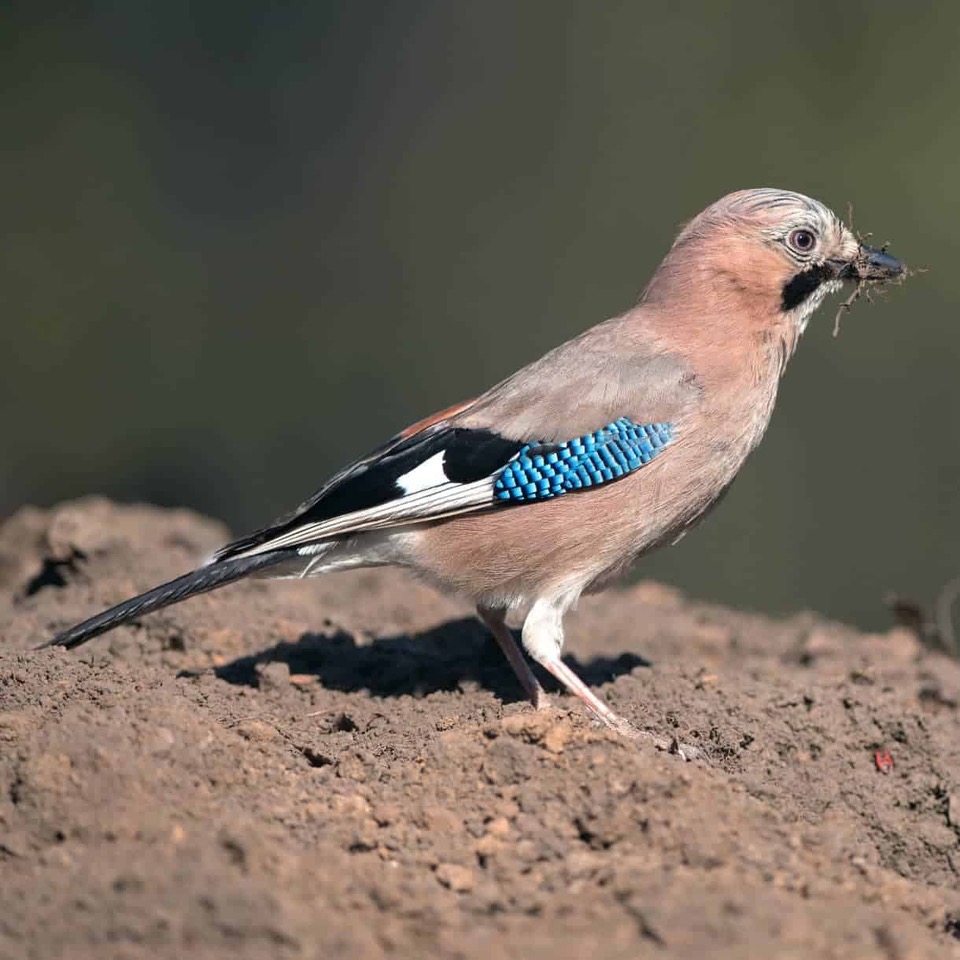
Jays are highly intelligent birds. That distinctive rasping call is only one of the sounds they can make. They are great chatterers and mimics, imitating not only other birds, but also cats and dogs – and even telephones. Their scientific name is Garrulus glandarius and while the first part of that refers (accurately) to their voices, the second part refers to their favourite food – acorns (Latin glandes). They secrete hoards of them in autumn every year to keep themselves going when food gets scarce in winter. They pluck the acorns directly from the trees and cache them for future use in little holes in the ground or under dead leaves. Then later they exhibit their amazing powers of memory in retrieving these gourmet snacks from their hiding-places. It has been estimated that a jay might hide and relocate some 5,000 acorns this way. If you have ever wondered where you last left your spectacles or your car-keys you will appreciate the feat of brain-power this implies! Of course, they do miss a few and we then get an unexpected harvest next spring – new oak trees, planted in ideal conditions to foster their growth.
Which reminds me of a nice story I heard about the ancient Suffolk woodland called Staverton Thicks, near Butley Priory. The ground there was farmed by monks up to the time of the Dissolution of the Monasteries in Henry the Eighth’s reign. The monks were then given notice to quit, but at their request they were granted the right to take just one more crop from the land. So they planted acorns …
Jeremy Mynott
November 2023